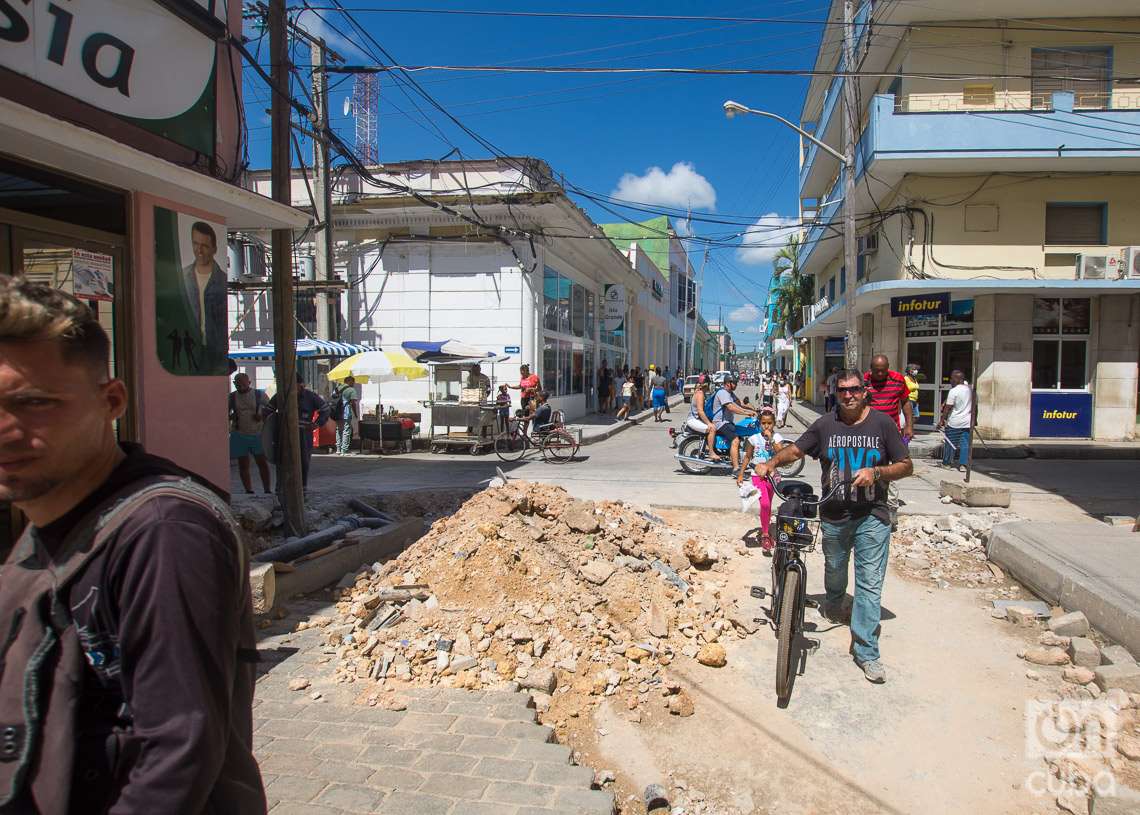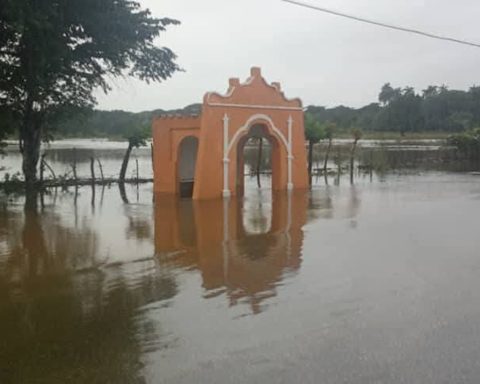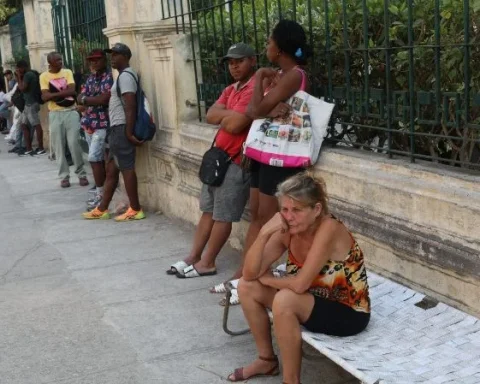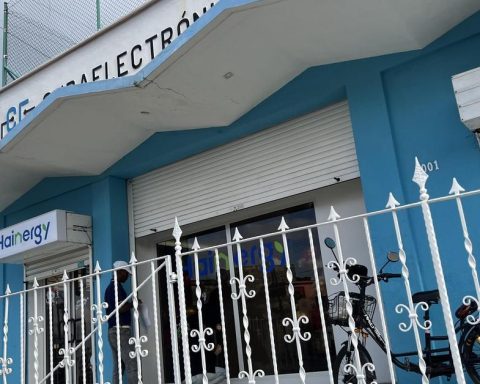If you take the Rancho Boyeros double lane (Ave. Independencia) in the direction of Havana, at the four corners where the road to Managua begins/ends and continues along it for about four hundred meters, you will have to stop or you will notice that the bus you stop at the first big bump, then a hundred meters further on, you’ll feel the same thing again, and another hundred meters later the same thing will happen. Large potholes stop the march even of pedestrians, who are concerned about the splashes that may come from the water accumulated in them. It is then, and only then, that all of us who use this means of communication remember that magnificent piece of infrastructure built many years ago that links the suburbs with the center of the capital. When we pass those obstacles, well, we simply do not think about her again.
Highways, bridges, ports, airports, communications, electrical systems, gas, water, sewage and others, all of them are part of what has been generically and for some time here called infrastructure. What is striking is that we almost always remember the importance and necessity of infrastructure when the services associated with it fail or are missing. If we don’t have water for several days, if we can’t get to a place due to lack of bus, train or plane service, if our neighborhood is flooded because the rainwater drainage system is in ruins, or when those who have a car loses the yoquis or the steering rod or some other shock absorber in a killer hole, then we remember the infrastructure, how much we lack it, how necessary it is for our “quality of life”, even to feel prosperous .
For a long time, infrastructure hardly had any space in studies of development and economic growth. Then it gained its own presence and personality and today it is practically impossible to talk about development and growth without at least mentioning it.
In our country, infrastructure is one of the “strategic axes” defined some time ago to advance towards that vision described almost ten years ago —and which, in my opinion, should be validated and updated again, among other things, because the context and country have undergone profound changes in all areas.
I don’t think there is any doubt about the articulating nature of infrastructure development, nor about the growing importance that infrastructure services and their quality achieve in those aspirations.

But resources are always scarce, both human and material, as well as financial, even in those countries that have enjoyed significant economic booms for a long time. Competition for resources is as common as the internalization of infrastructure failures.1 It also happens that investment in infrastructure is difficult to face, due to the volume of resources that it requires, because many times the return on investment takes longer than is convenient and because business models cannot always respond to the interest of investors and the purpose of the governments that promote the projects.
Unfortunately we do not have public figures that allow us a more documented analysis of the behavior of investment in infrastructure in our country. Using as a proxy what appears in the Statistical Yearbook of Cuba until 2021, the fall in investment in these sectors is evident.two

Even taking these data with caution and accepting an undervaluation of investment in infrastructure, the deterioration that can be seen both in the share of investment in infrastructure in total investment, as well as in its share in GDP, is significant.
In a study by the Andean Development Corporation- Latin American Development Bank3It was stated that Latin America demanded around 5% of GDP invested in infrastructure to ensure services that guarantee sustainable development.
The effort that the country must make if the infrastructure is to fulfill the role that was defined for it in the strategic axes is immeasurable. Multiplying by four times what is invested in this branch in 2021, a participation in the GDP of 2% would be reached at most. Assuming that all this investment is made with optimal efficiency, it would still be far from being able to provide the necessary infrastructure services demanded by economic growth and our development aspirations (something known as the vertical gap).
Development and growth require energy. In the case of electrical infrastructure, especially with regard to generation plants, there are accumulated debts that seem insurmountable. not fulfilled the idea of substituting the large thermoelectric plants for the generation with accompanying gas and until now, of the 17 bioelectric plants planned by Azcuba More than five years ago, only one has managed to materialize and is in operation, so the aspiration to contribute 14% of the energy to the Cuban electricity system seems very far from being fulfilled.
Anticipating the provision of these services only with the effort and national resources and from the state sector, it seems that it is not possible judging by the budgetary tensions and the meager external income from the export sector. There are experiences of foreign investment in the national infrastructure with good results, there is the possibility of promoting public-private partnership models that help in the effort. Although it is true that we are not in the same situation, it seems necessary to return to those experiences in an innovative way and do it quickly.
***
1 Just as an illustration, the day of the famous “zero generation” cost the country in terms of gross domestic product at current prices 1,493,747,945.2 pesos, this is the equivalent of one day without producing anything (the GDP of 2021 was 545,218,000,000 estimated at current prices).
two But these figures should be taken with caution as it is likely that there are other investments in infrastructure objectives that are not accounted for as such.
3 “Infrastructure in the integral development of Latin America” of the Development Bank of Latin America-Andean Development Corporation (Barbero, 2018)

















